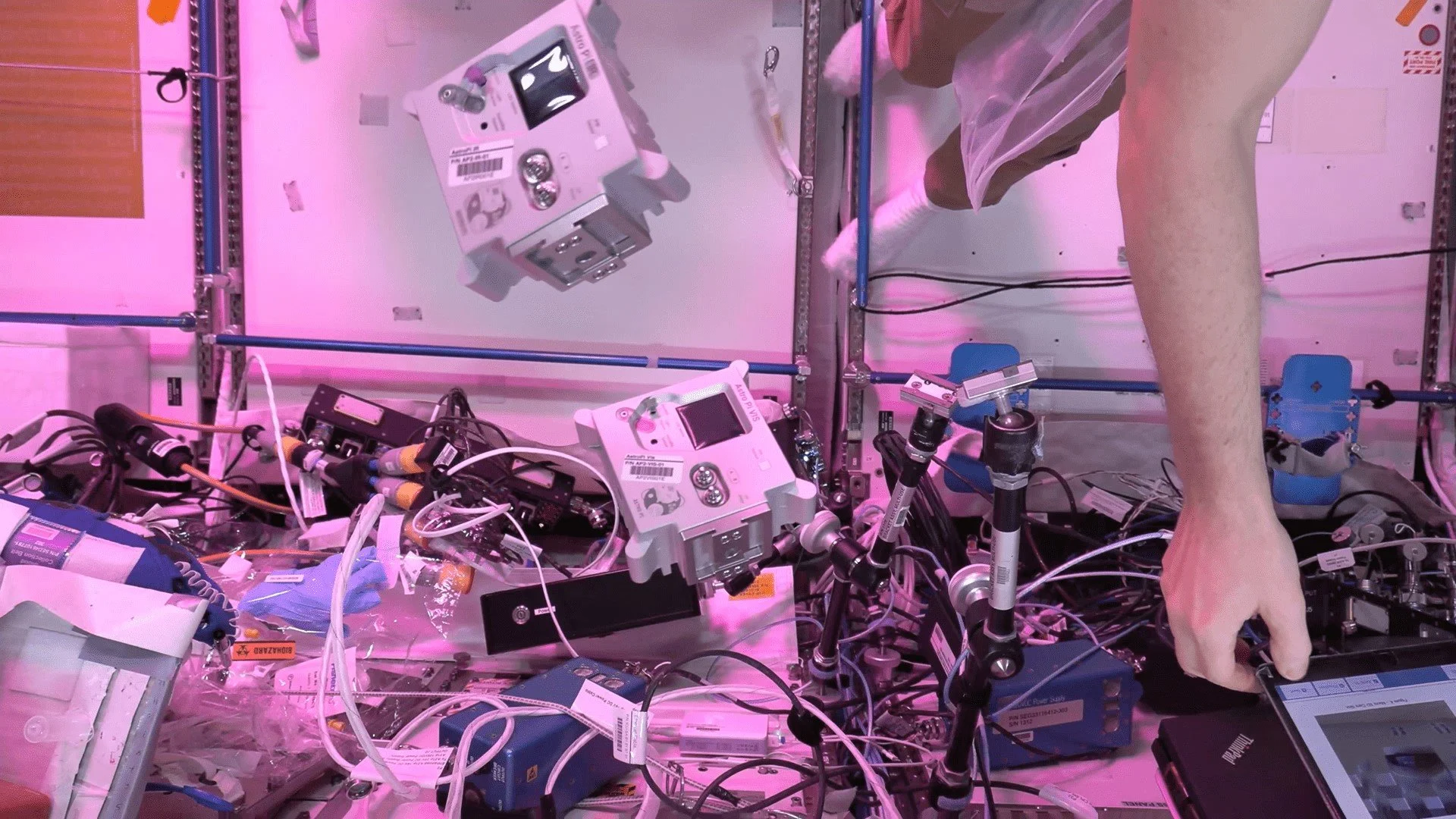Kids Send Code to Space with Mission Zero
Photo: Raspberry Pi Foundation
Ever wanted to write code and run it….in outer space?
Now might be your chance: Mission Zero has officially launched. Thanks to new Astro Pi computers with color and luminosity sensors on the International Space Station, young people can write their own code and run it in space.
How does it work?
Working with a mentor, coders (both beginners and experts!) follow step-by-step instructions to write a simple program in Python that can take a reading from the sensor while it’s in orbit. They use that reading to set the background color in a creative piece of artwork that will be displayed on the Astro Pi LED displays for the astronauts to see as they go about their daily tasks. The theme to inspire images for Mission Zero 2022/23 is ‘flora and fauna.’ Coders can even develop a series of images to create a short animation while their program runs for 30 seconds.
The Astro Pi computers on the International Space Station (Photo: Raspberry Pi Foundation)
Who can get involved?
Participation is free and open for young people up to age 19 in ESA Member States. Everything can be done in a web browser, on any computer with internet access. No special hardware or prior coding skills are needed.
Not only will their artwork reach astronauts in space, but participants will also receive a certificate they can download, which shows their Mission Zero program’s exact start and end time and the position of the ISS when their program ran.
All young people’s entries that meet the eligibility criteria and follow the official Mission Zero
guidelines will have their program run in space for up to 30 seconds. Mission Zero 2022/23 is open until March 17, 2023.
We can’t wait to see the pieces that come out of this amazing intersection of space science, coding, and art.
Some of last year’s contributions



